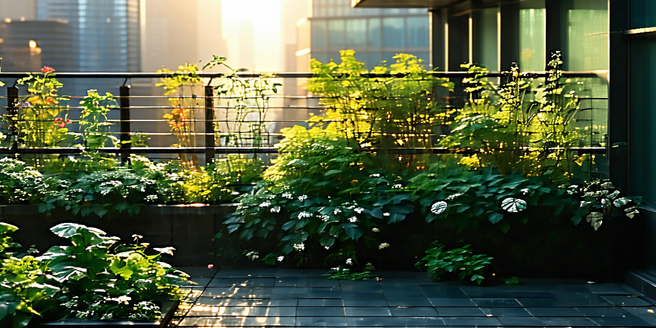
Understanding Urban Heat Islands: Causes and Effects
Urban Heat Islands (UHIs) are areas in cities that experience higher temperatures than their rural surroundings. This phenomenon is primarily due to human activities, such as the modification of land surfaces through development and the emission of heat from energy consumption. Buildings, roads, and other infrastructure absorb and re-emit the sun’s heat more than natural landscapes, causing surface and air temperatures to rise. Factors contributing to UHIs include the reduction of vegetation and the use of materials like concrete and asphalt, which have high thermal mass. The effects of UHIs are significant, contributing to increased energy demand, elevated emissions of air pollutants, and health issues. Understanding these causes and effects is crucial for implementing effective solutions to mitigate urban heat.
The Role of Green Spaces in Cooling Cities
Green spaces play a critical role in cooling urban environments. Parks, gardens, and other green areas help to reduce temperatures through the process of evapotranspiration, where plants release moisture into the air. This process cools the surrounding area, providing a natural form of air conditioning. In addition to their cooling effects, green spaces also offer health benefits by encouraging outdoor activities and fostering community interactions. Additionally, trees and vegetation provide shade, reducing the heat absorbed by surfaces and lowering ambient temperatures. The integration of green spaces in cities not only aids in cooling but also enhances air quality and biodiversity. Urban planners are increasingly recognizing the importance of green infrastructure as a sustainable solution to combat the effects of climate change and improve the livability of urban areas.
Innovative Building Designs to Combat Heat
Innovative building designs are essential to mitigating urban heat. Modern architecture incorporates sustainable materials and designs that reflect sunlight and promote natural ventilation. To address the growing concern of rising temperatures in cities, architects are continually exploring new solutions. Cool roofs, which are designed to reflect more sunlight and absorb less heat, are becoming popular in urban areas. Furthermore, green roofs, which are covered with vegetation, provide insulation and reduce heat gain, contributing to cooler indoor temperatures. Buildings are also being designed with advanced glazing solutions and shading devices that reduce solar heat gain. By integrating these innovative designs, cities can minimize their heat absorption and reduce the energy consumption required for cooling.
Community Engagement in Urban Cooling Solutions
Community engagement is crucial in developing effective urban cooling solutions. Residents play a vital role in the implementation of local cooling strategies by participating in tree-planting initiatives, creating community gardens, and supporting green infrastructure projects. By investing in these activities, communities can actively reduce their carbon footprint and help offset the effects of climate change. This collective effort not only enhances the environment but also fosters a sense of community pride. Engaging communities in educational campaigns increases awareness about the importance of reducing urban heat and how residents can contribute to mitigation efforts. Collaborating with local organizations, governments can promote participatory planning and encourage citizens to be proactive in addressing heat-related challenges. Empowering communities to take ownership of urban cooling strategies ensures the sustainability and effectiveness of these initiatives.
Policy Measures and Urban Planning Strategies
Policy measures and urban planning strategies are integral to mitigating urban heat. Governments can implement zoning regulations that encourage the preservation of green spaces and the development of sustainable buildings. Urban planning strategies, such as the creation of pedestrian-friendly zones and the enhancement of public transportation, reduce the reliance on vehicles, subsequently decreasing emissions and heat. Community engagement in these initiatives is crucial to ensure their success and sustainability. Incentives for the adoption of cool and green roofs can also be established to promote their widespread use. Through comprehensive policy frameworks and targeted urban planning efforts, cities can effectively address the challenges posed by urban heat and create resilient, comfortable environments for their inhabitants.
